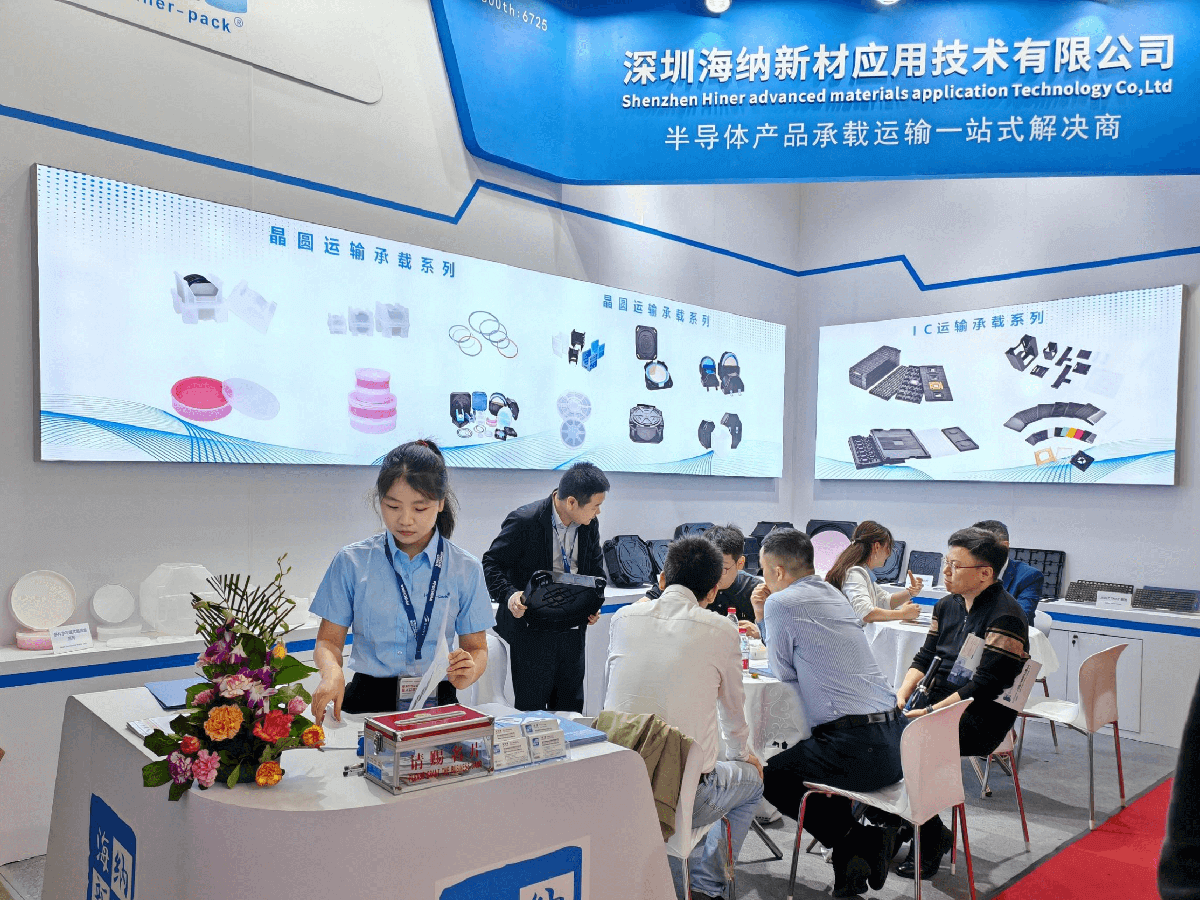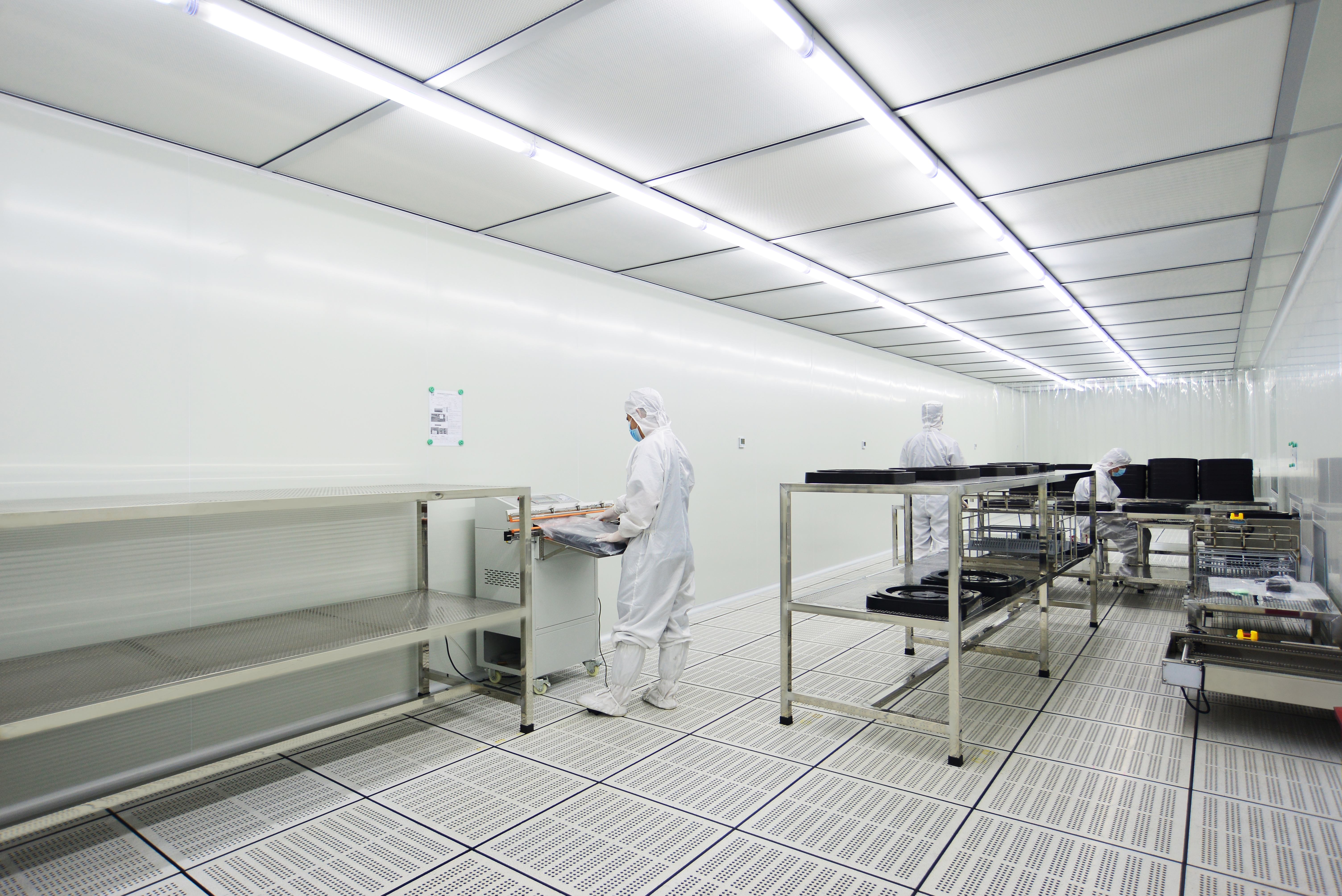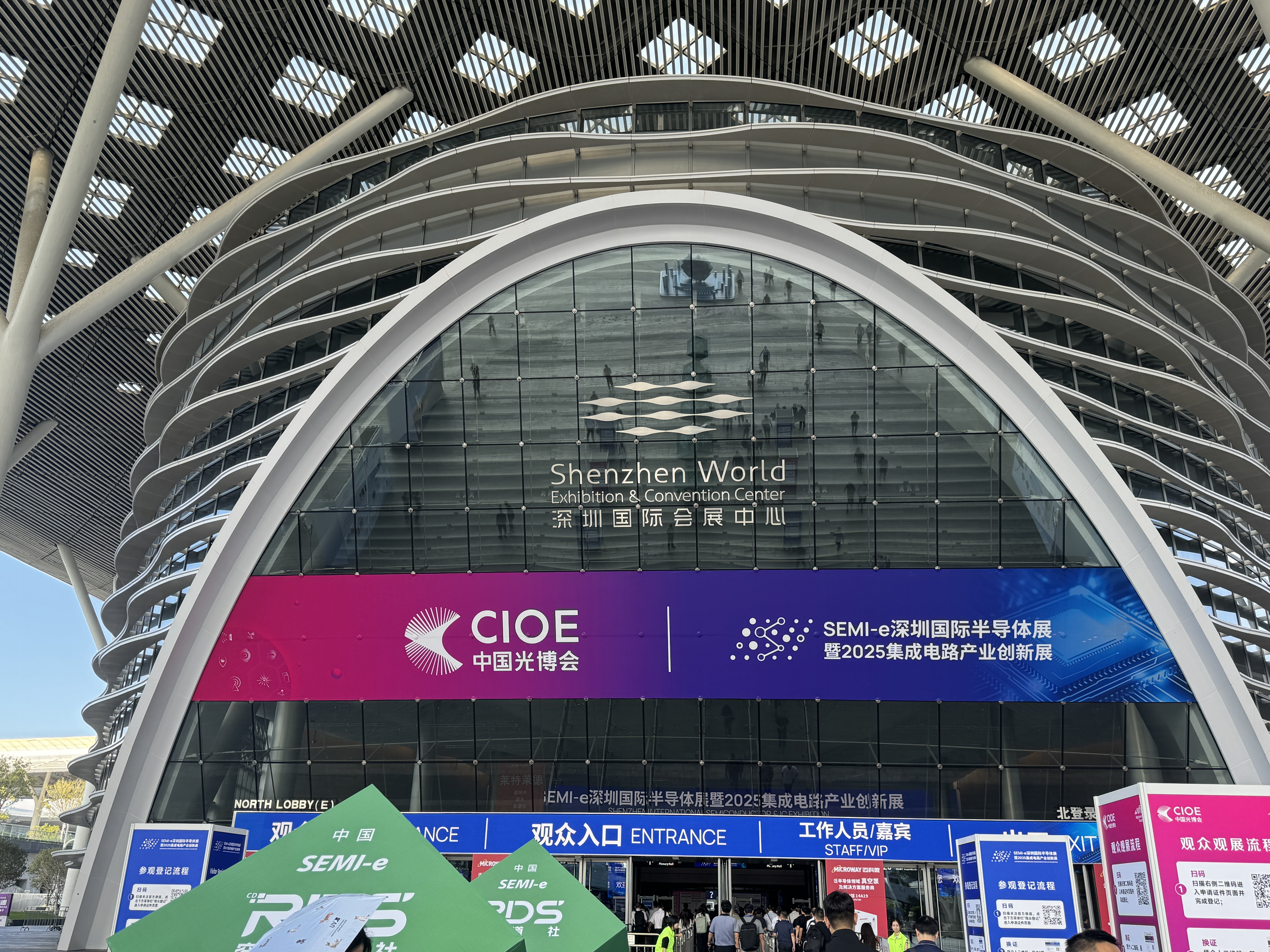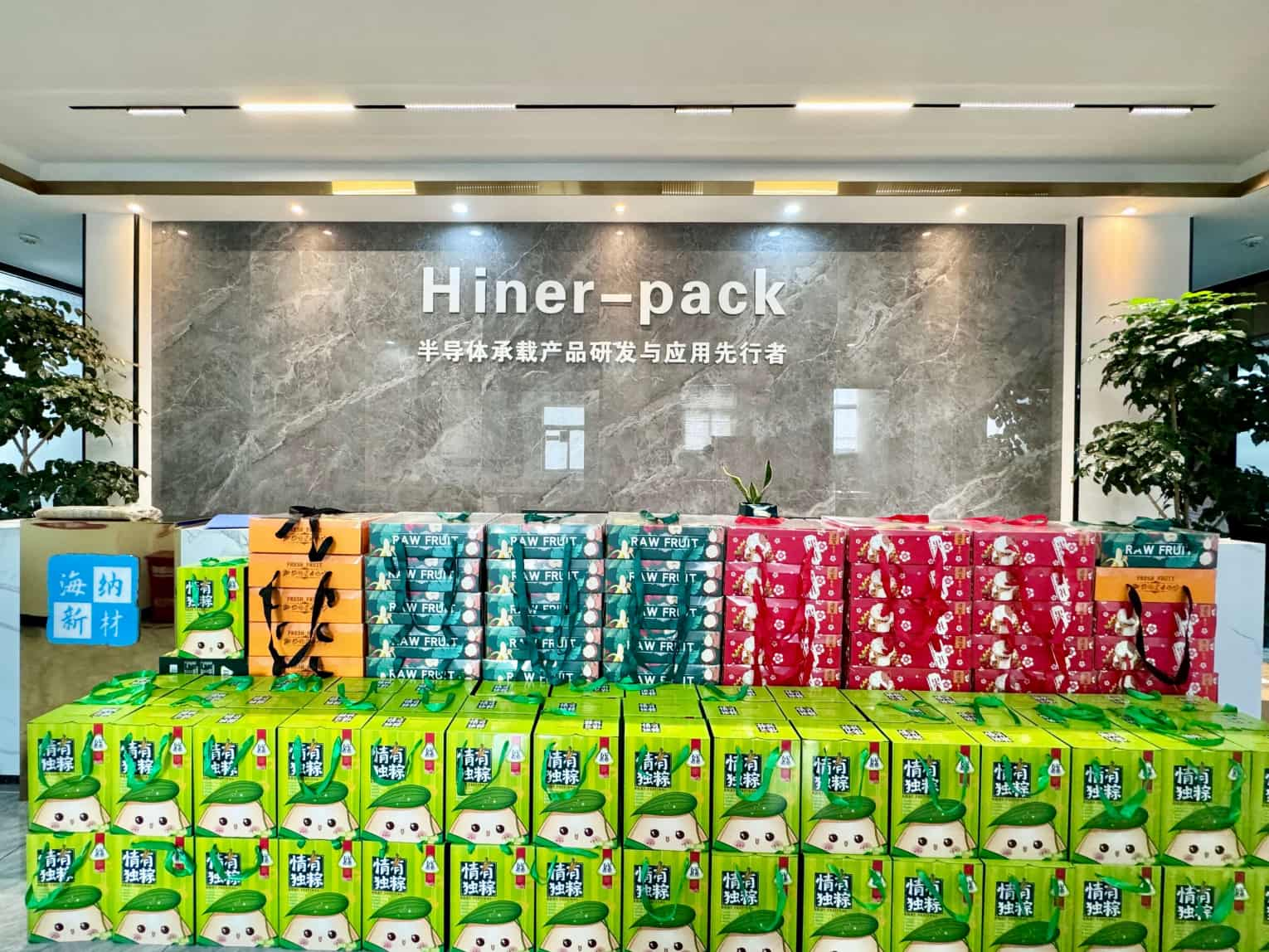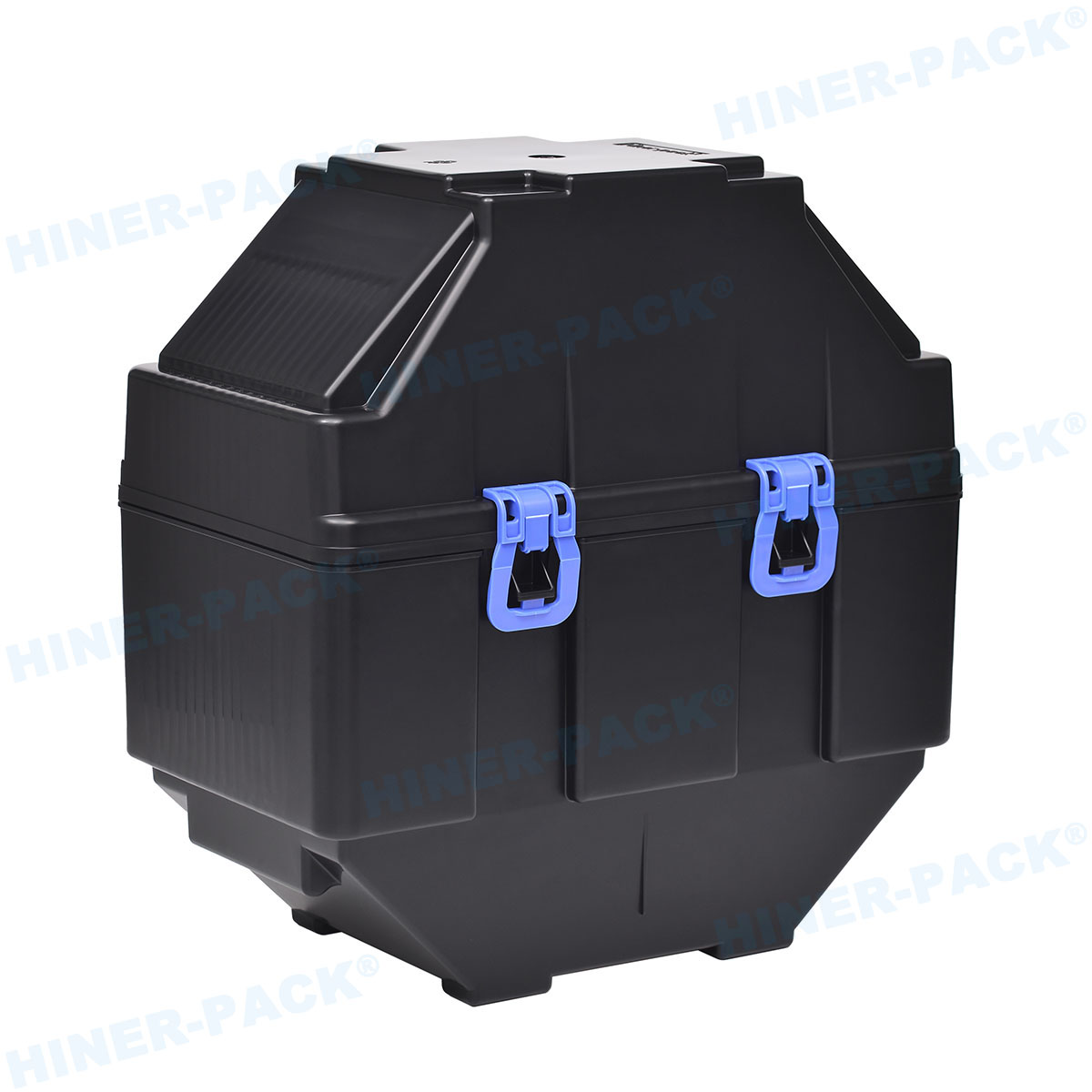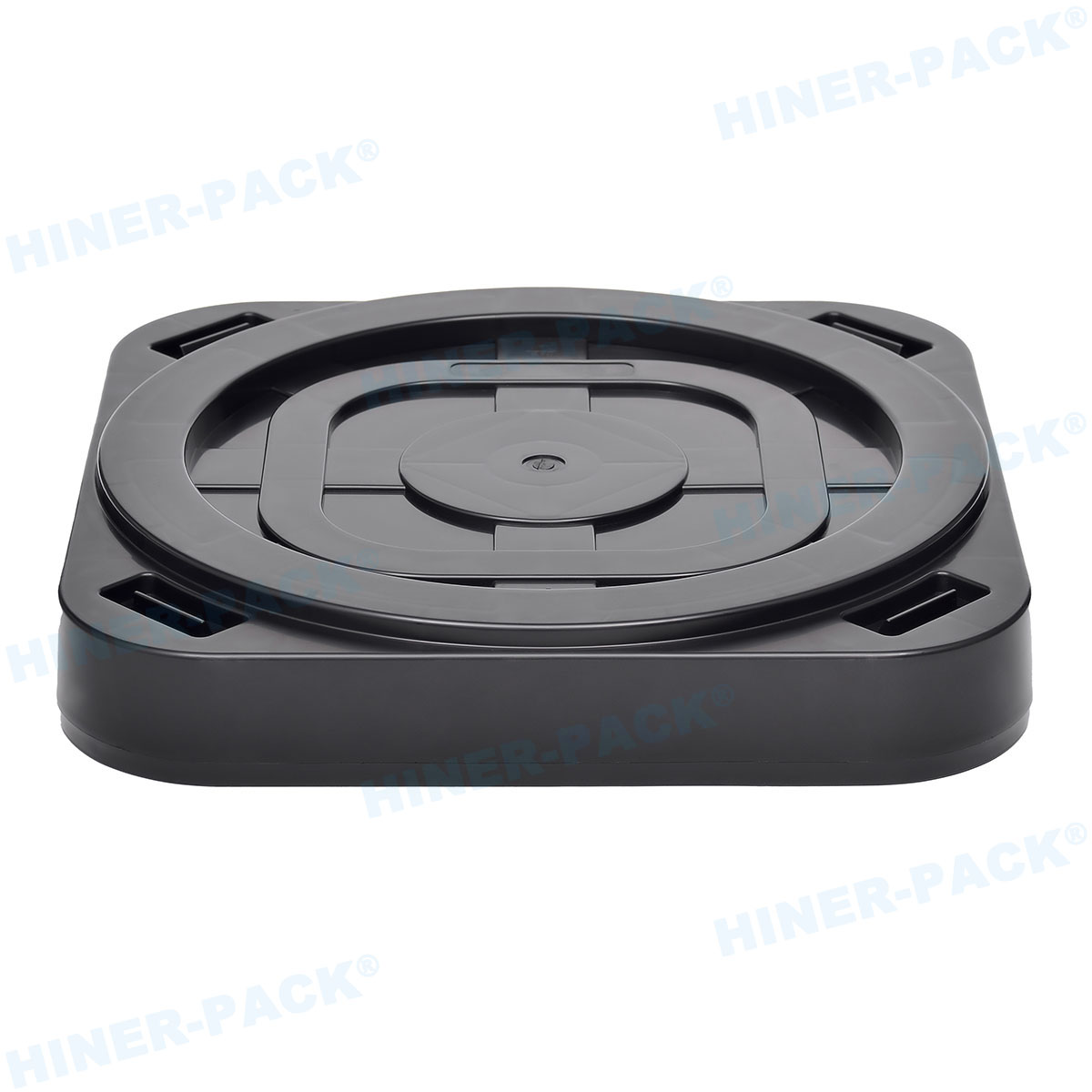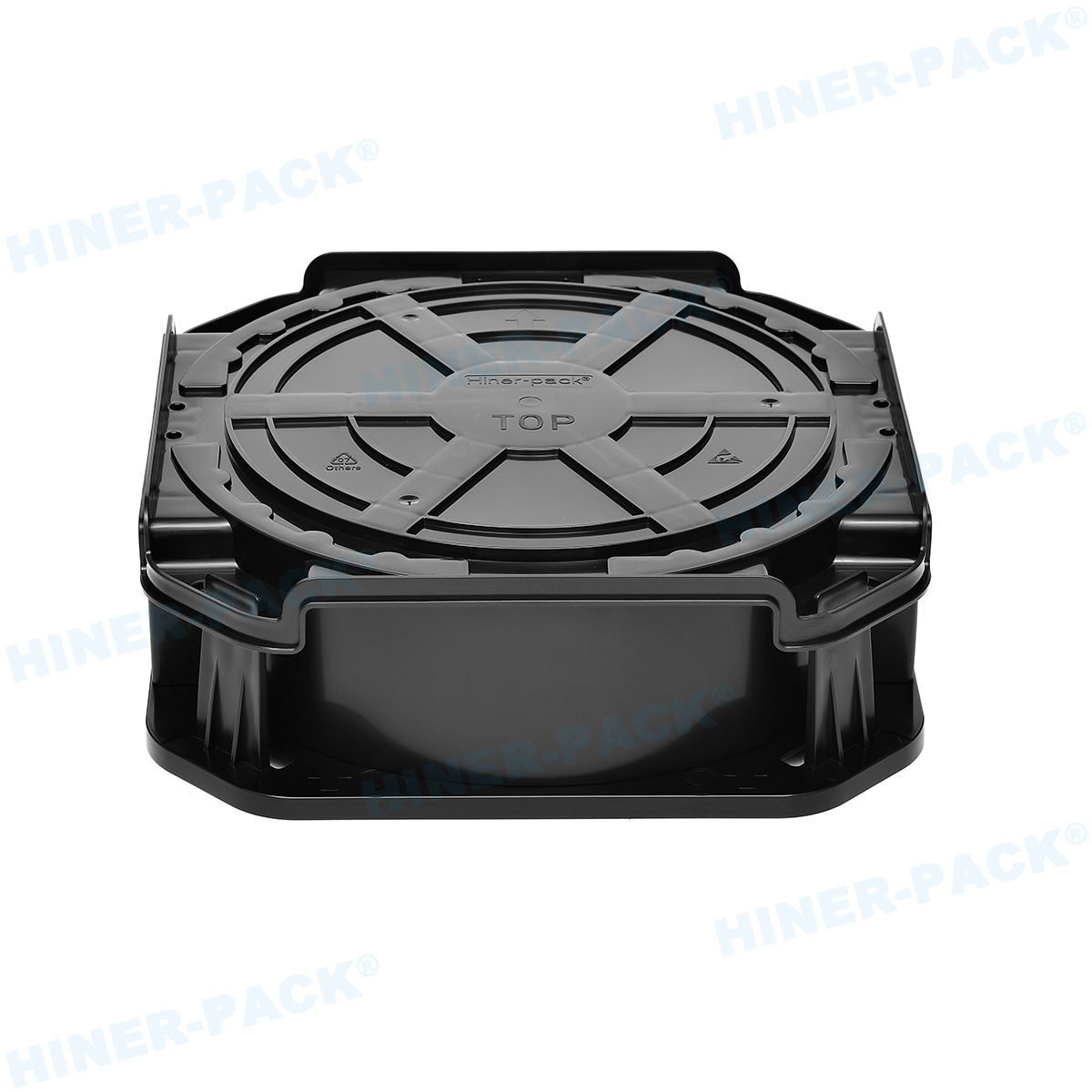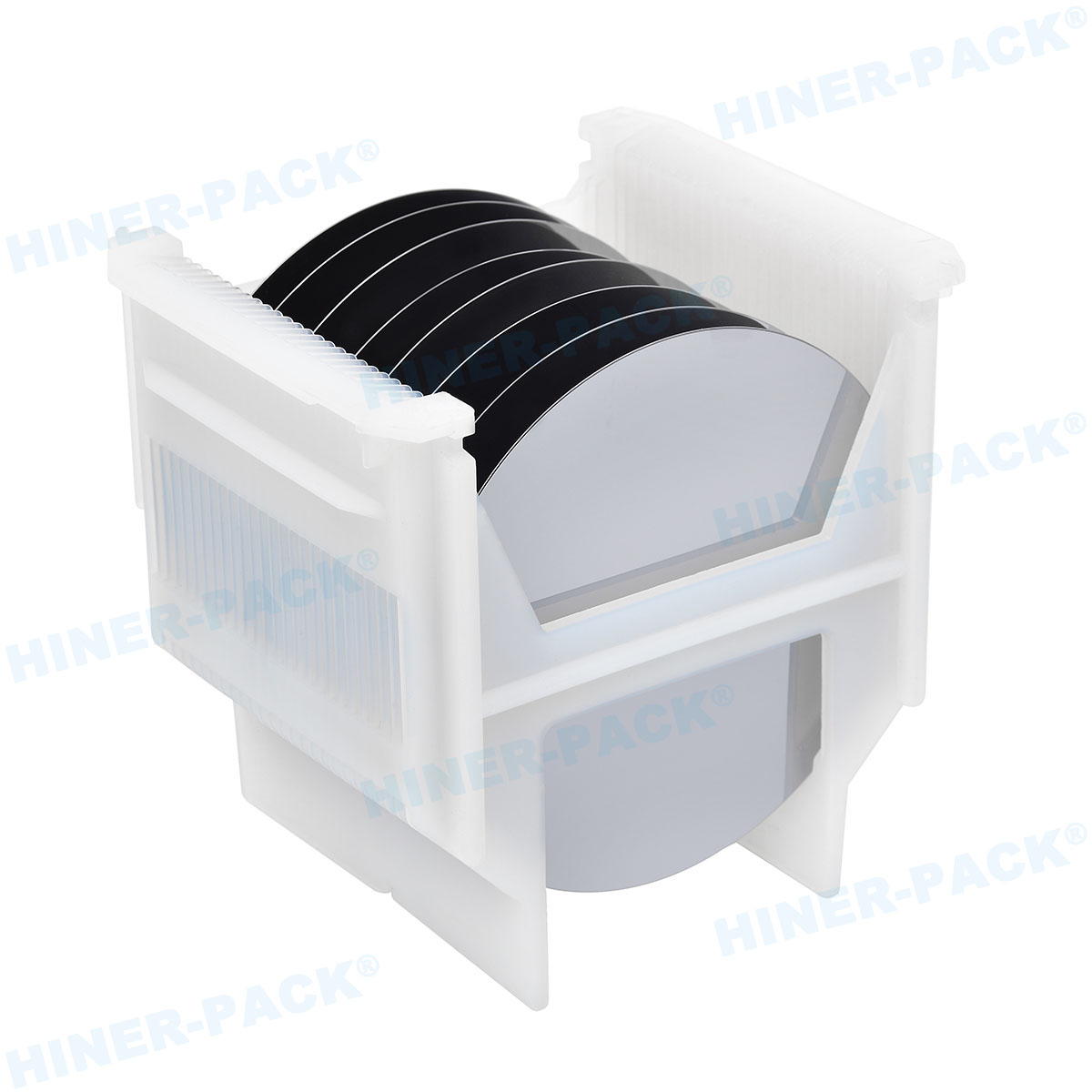In the fast-paced world of semiconductor manufacturing, every component must align with precision and reliability. Among these, custom wafer boxes play a pivotal role in safeguarding delicate wafers during storage, transport, and processing. As the demand for higher performance and tailored solutions grows, understanding the nuances of custom wafer boxes becomes crucial for industry professionals. This article delves into key aspects, from selection criteria to technological advancements, helping you make informed decisions. Whether you're a manufacturer or a supplier, mastering the intricacies of these specialized containers can enhance efficiency and protect your valuable assets.
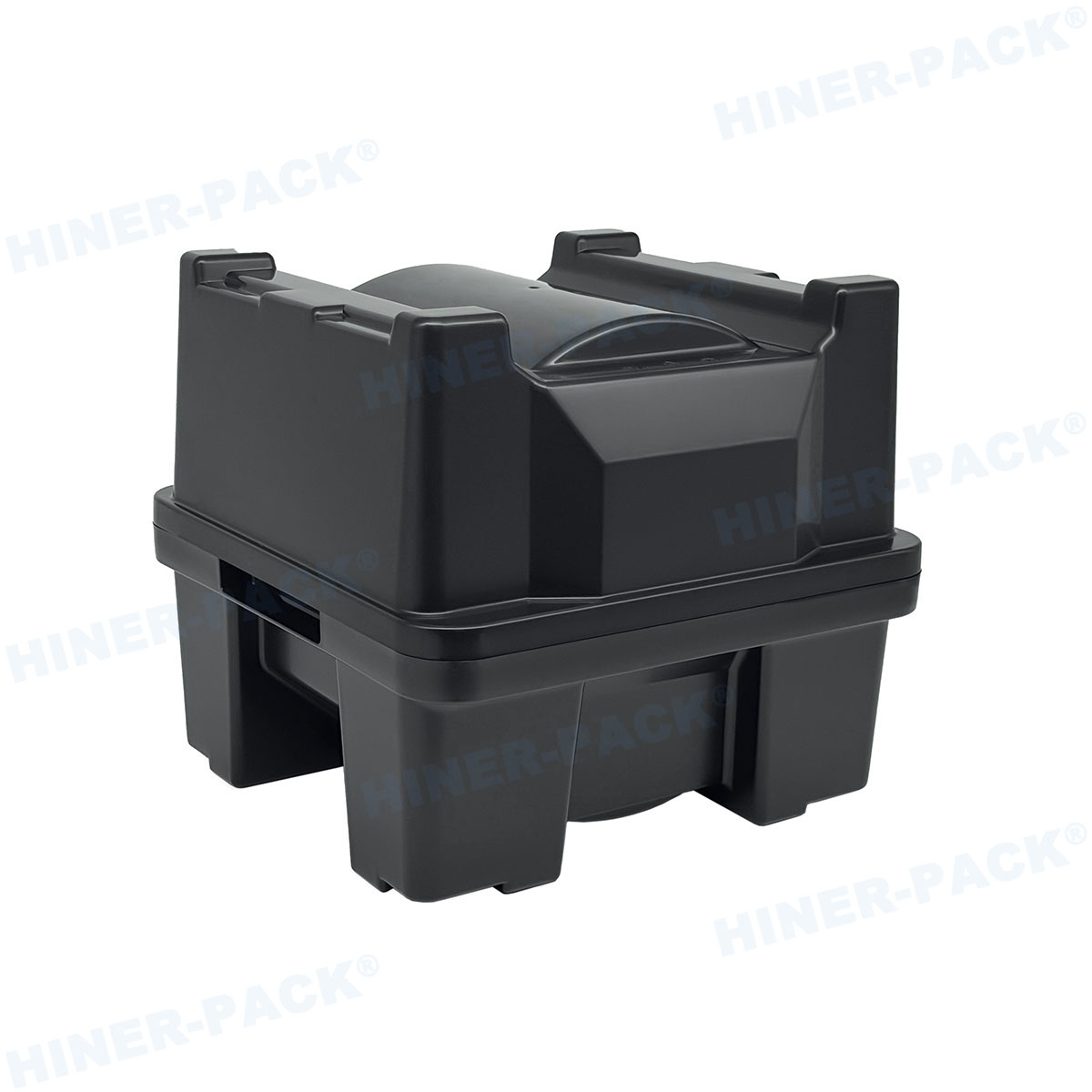
What Are Custom Wafer Boxes and Why Do They Matter?
Custom wafer boxes are specialized containers designed to hold and protect semiconductor wafers, which are thin slices of semiconductor material used in electronics. Unlike standard off-the-shelf options, these customized wafer packaging solutions are tailored to meet specific requirements, such as size, material, and environmental resistance. In the semiconductor industry, even minor contaminants or physical stresses can lead to costly defects. That's why investing in custom wafer boxes is more than a convenience—it's a necessity for maintaining wafer integrity. For instance, companies like Hiner-pack focus on creating bespoke designs that address unique challenges, such as electrostatic discharge (ESD) protection or temperature control, ensuring wafers remain pristine from fabrication to assembly.
The importance of custom wafer boxes extends beyond mere protection. They contribute to streamlined workflows, reducing handling errors and improving traceability. In a sector where nanometers matter, a well-designed custom wafer box can mean the difference between a successful batch and a financial loss. By opting for customized solutions, businesses can align their packaging with evolving industry standards, such as those from SEMI (Semiconductor Equipment and Materials International), fostering compliance and innovation.
Types of Custom Wafer Boxes: A Comparative Overview
When exploring custom wafer boxes, it's helpful to compare the main types available. This comparison not only highlights their distinct features but also aids in selecting the right fit for your operations.
Plastic Injection-Molded Boxes: These are common due to their durability and cost-effectiveness. Made from materials like polycarbonate or PEEK (polyether ether ketone), they offer excellent impact resistance and can be customized with inserts for different wafer sizes. However, they might not suit high-temperature environments without additional modifications.
Metal-Enclosed Boxes: Often used for high-purity applications, these custom wafer boxes provide superior shielding against contaminants and mechanical damage. They're ideal for sensitive processes but tend to be heavier and more expensive.
Composite Material Boxes: Combining polymers with additives like carbon fiber, these boxes offer a balance of lightweight design and robust protection. They're gaining popularity for their adaptability in customized wafer packaging, especially in automated handling systems.
ESD-Safe Boxes: Specifically designed to prevent electrostatic discharge, these custom wafer boxes are essential for protecting wafers from static electricity, which can ruin microcircuits. They often include conductive or dissipative materials, making them a go-to for many semiconductor facilities.
In practice, the choice depends on factors like wafer diameter (e.g., 200mm, 300mm, or emerging 450mm standards), environmental conditions, and budget. For example, Hiner-pack offers a range of custom wafer boxes that can be tailored to these categories, allowing clients to mix and match features for optimal performance. A side-by-side evaluation reveals that while plastic boxes might save upfront costs, metal options provide long-term benefits in harsh settings.
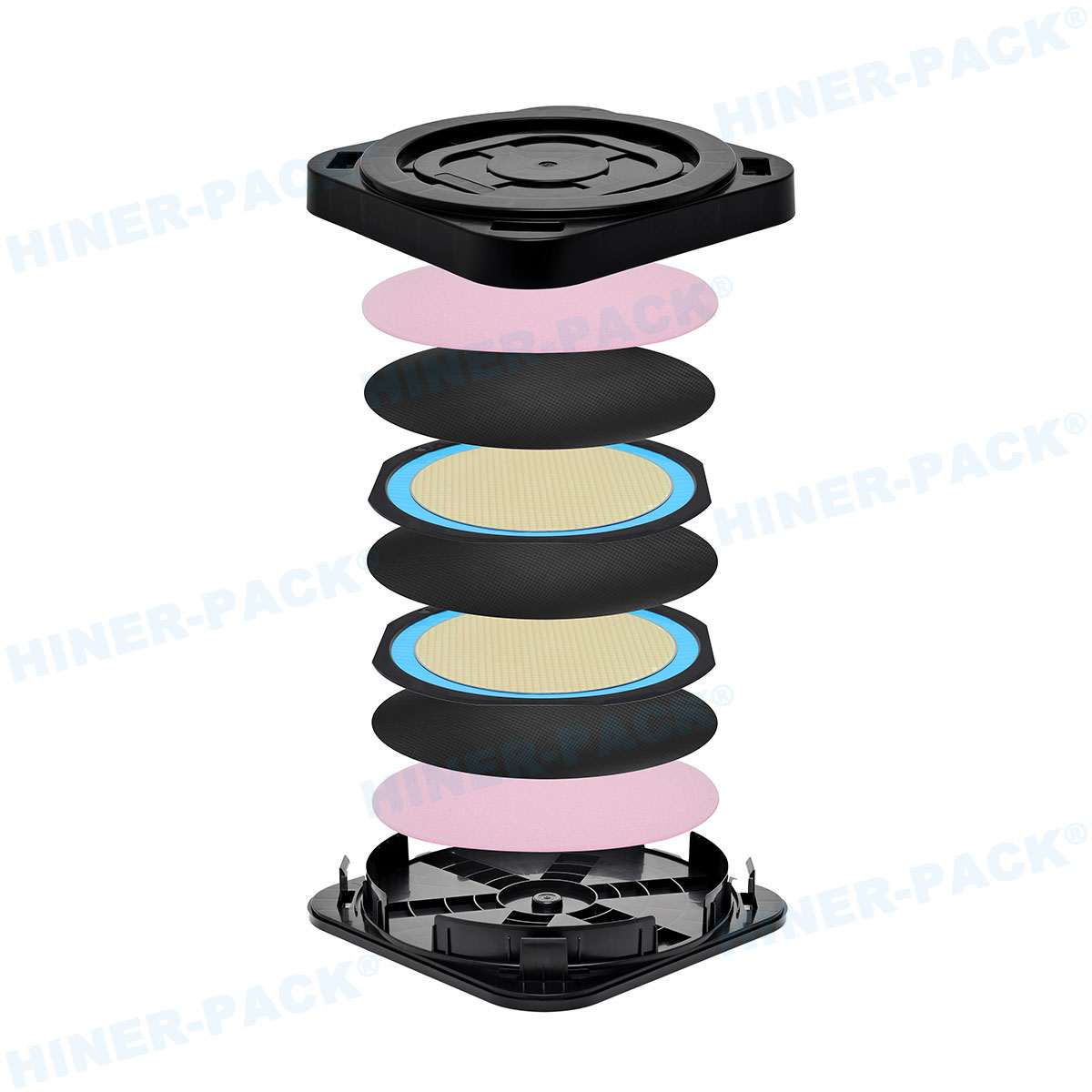
Key Applications and How to Choose the Right Custom Wafer Box
Custom wafer boxes find applications across various stages of semiconductor production, from front-end fabrication to back-end testing. In wafer fabrication, they protect against particulate contamination during lithography and etching. During transportation, customized wafer packaging ensures shock absorption and climate control, critical for international shipping. Additionally, in assembly and packaging, these boxes facilitate organized storage, reducing the risk of misplacement or damage.
Selecting the right custom wafer box involves a systematic approach. Start by assessing your operational needs: Consider the wafer size and thickness, as boxes must accommodate specific dimensions without causing stress. For instance, larger 300mm wafers require sturdier designs to prevent bowing. Next, evaluate material compatibility—if your process involves chemicals or high temperatures, opt for chemically resistant or heat-tolerant custom wafer boxes. Also, think about handling requirements; automated systems might need boxes with RFID tags or barcodes for tracking, which Hiner-pack integrates into their customized solutions.
Another key factor is regulatory compliance. Ensure that your custom wafer boxes meet industry standards like SEMI M31 for mechanical specs or ISO 14644 for cleanroom use. Don't overlook customization options: Features like stackability, latch mechanisms, and color-coding can enhance usability. By consulting with experts, such as those at Hiner-pack, you can tailor designs to your exact specifications, avoiding common pitfalls like over-engineering or insufficient protection.
Cost Considerations and Pricing for Custom Wafer Boxes
Understanding the costs associated with custom wafer boxes is vital for budgeting without compromising quality. Prices vary widely based on factors like material, complexity, and order volume. Generally, custom wafer boxes can range from a few dollars per unit for simple plastic designs to hundreds for high-end metal or composite versions. The initial investment might seem high, but it often pays off through reduced waste and longer product lifecycles.
To manage expenses, consider the total cost of ownership. This includes not just the purchase price but also maintenance, replacement frequency, and potential downtime. For example, a cheaper, non-customized box might lead to more frequent failures, increasing long-term costs. Volume discounts are common; ordering in bulk from suppliers like Hiner-pack can lower per-unit prices, especially for standardized custom wafer boxes with minor tweaks. Additionally, factor in customization fees—adding special features like anti-static coatings or custom logos will add to the cost but can improve functionality and brand identity.
It's also wise to compare quotes from multiple providers. Hiner-pack, for instance, offers transparent pricing models that break down material and labor costs, helping clients make cost-effective choices. Remember, in the semiconductor industry, cutting corners on custom wafer boxes can result in expensive rework or recalls, so prioritize value over mere price.
The Technology and Craftsmanship Behind High-Quality Custom Wafer Boxes
The production of custom wafer boxes involves advanced technologies and meticulous craftsmanship to meet the stringent demands of the semiconductor sector. Key processes include injection molding for plastic boxes, which allows for precise, repeatable shapes, and CNC machining for metal variants, ensuring tight tolerances. Materials science plays a big role; for instance, using high-purity polymers minimizes outgassing, a common issue that can contaminate wafers.
One technological advancement is the integration of smart features. Many custom wafer boxes now include sensors for monitoring temperature, humidity, or shock during transit. This data can be critical for quality assurance, especially in supply chains spanning multiple countries. Hiner-pack leverages such innovations in their customized wafer packaging, offering boxes with embedded IoT capabilities for real-time tracking.
Craftsmanship is equally important. Skilled technicians perform rigorous testing, such as drop tests and cleanroom compatibility checks, to ensure each custom wafer box meets performance standards. The design phase often involves collaboration with clients to address specific needs, like ergonomic handles for manual handling or modular designs for scalability. This blend of technology and artisanal attention ensures that custom wafer boxes not only protect wafers but also enhance overall operational efficiency.
Why Hiner-pack Stands Out in Custom Wafer Box Solutions
Hiner-pack has built a reputation as a trusted provider of custom wafer boxes, thanks to their commitment to quality and customer-centric approach. They offer a wide array of customized solutions, from basic storage boxes to advanced, multi-functional containers. What sets them apart is their ability to tailor products to unique client requirements, whether it's for a small research lab or a large-scale fabrication plant.
The company employs state-of-the-art manufacturing techniques and adheres to international standards, ensuring that every custom wafer box delivers reliability. Their team works closely with clients throughout the design process, providing prototypes and feedback to refine the final product. Moreover, Hiner-pack emphasizes sustainability, using recyclable materials where possible without compromising on protection. By choosing Hiner-pack, businesses gain a partner dedicated to innovation and excellence in customized wafer packaging.
Frequently Asked Questions (FAQ)
Q1: What are the main benefits of using custom wafer boxes over standard ones?
A1: Custom wafer boxes offer tailored protection, better fit for specific wafer sizes, and enhanced features like ESD shielding or climate control. This reduces the risk of damage and improves efficiency in semiconductor processes, compared to standard boxes that might not address unique operational needs.
Q2: How long does it typically take to receive custom wafer boxes after placing an order?
A2: Lead times vary based on design complexity and order volume. For simple custom wafer boxes, it might take 2-4 weeks, while highly specialized designs from providers like Hiner-pack could require 6-8 weeks. It's best to discuss timelines during the quoting process.
Q3: Can custom wafer boxes be reused, and how do I maintain them?
A3: Yes, many custom wafer boxes are designed for multiple uses. Maintenance involves regular cleaning with approved solvents, inspecting for wear, and storing in a controlled environment. Hiner-pack often provides care guidelines to extend the life of their customized wafer packaging.
Q4: What factors influence the cost of custom wafer boxes the most?
A4: Key cost drivers include material type, customization level (e.g., added sensors or special coatings), order quantity, and compliance requirements. High-volume orders of simpler custom wafer boxes tend to be more affordable per unit.
Q5: How do I ensure that the custom wafer boxes I choose are compatible with automated handling systems?
A5: Look for boxes with standardized dimensions, smooth surfaces, and features like alignment notches or RFID tags. Suppliers like Hiner-pack can design custom wafer boxes that integrate seamlessly with common automation protocols, ensuring smooth operations in high-tech facilities.
In conclusion, custom wafer boxes are indispensable in the semiconductor industry, offering tailored solutions that protect investments and boost productivity. By considering factors like type, application, cost, and technology, you can make smart choices that align with your goals. Partners like Hiner-pack exemplify how innovation and customization can drive success in this niche. As the industry evolves, staying informed about customized wafer packaging will continue to be a key differentiator for competitive advantage.



